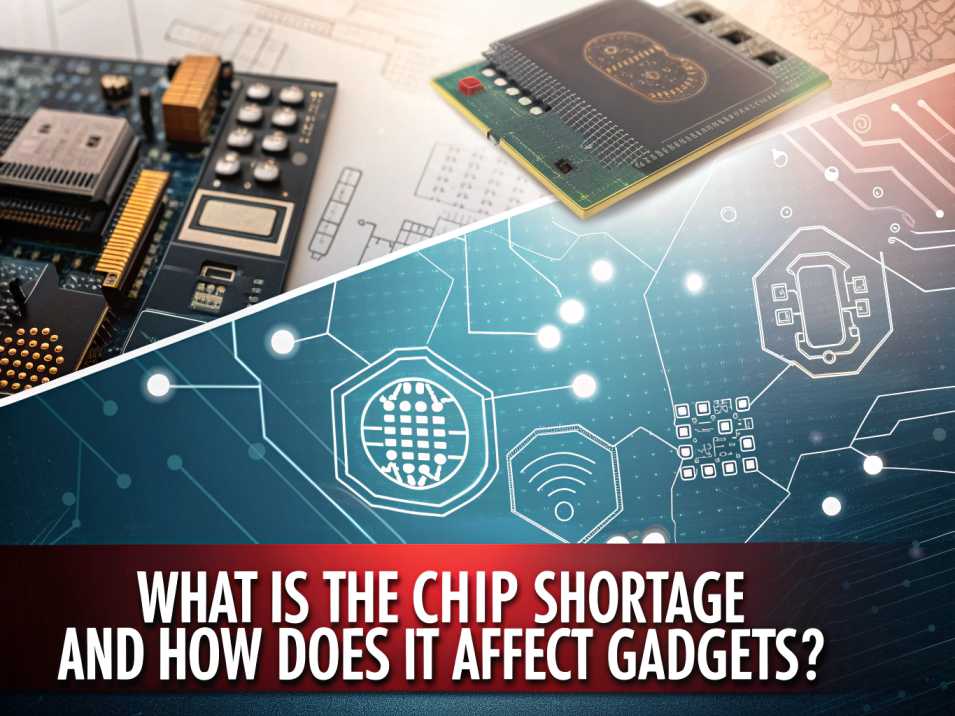What is the Chip Shortage and How Does it Affect Gadgets?
Over recent years, you have likely heard about the news of chip shortages. Also known as semiconductors, these small chips are the brains of nearly all our gadgets, including phones, laptops, cars, and even kitchen appliances. Scarcity impacts the world of technology as a whole when it is in short supply. The situation is improving, but the impacts of chip shortages are still felt in 2025. Let’s break it down.
What Are Chips?
Chips are minuscule technological processing units. Gadgets would be unable to perform applications, log onto the internet, or provide graphics without them. Just imagine chips as the engines of electronics.
Why Did the Shortage Happen?
Several reasons caused the global chip shortage:
COVID-19 Pandemic: Production slowed and factories were closed.
High Demand: Individuals purchased additional devices to work, study, and have fun from home.
Supply Chain Problems: Lack of Materials and Shipping Delays – Chips became more difficult to obtain by companies due to shipping delays and material shortages.
World Events: Production was also impacted by natural calamities and commercial disputes among nations.
Impact on Gadgets
Because of the shortage:
Smartphones: There was a delay in the release of some new phones, and prices increased.
Laptops and Tablets: Students and workers encountered greater difficulty purchasing cheaper laptops during the pandemic.
Gaming Consoles: The PlayStation 5 and Xbox Series X consoles were often sold out due to a global chip shortage.
Cars and Appliances, such as cars, washing machines, and fridges, are based on chips. Several manufacturing businesses reduced their output.
How Companies Responded
Technology companies struggled to survive with the shortage:
Samsung and Apple had made billion-dollar investments in chip plants.
Carmakers reengineered more vehicles to use less chip.
The governments sponsored local manufacturing of chips to avoid dependency on foreign manufacturing plants.
Is the Shortage Over?
The chip shortage is expected to subside by 2025, although demand is expected to remain high. Advanced chips are required for new technologies such as AI, 5G, and electric vehicles. This implies that supply fails to respond at times. According to experts, it could take several more years for supply and demand to be completely balanced.
What This Means for You
Prices: Gadgets could remain costly as companies are paying more to acquire chips.
Availability: Please note that some new devices may not be introduced in time.
Innovation: On the brighter side, the scarcity encouraged businesses to invest in creating better, faster, and more efficient chips.
Final Thoughts
Chip shortages highlight the significance of semiconductors in our current lives. The devices that we use daily would not have been possible without them. Though the result is delays and increased cost, the scarcity has also encouraged the tech industry to become more robust and self-reliant. In the future, more intelligent, quicker, and less costly gadgets will be made available to all due to improved chip production.

